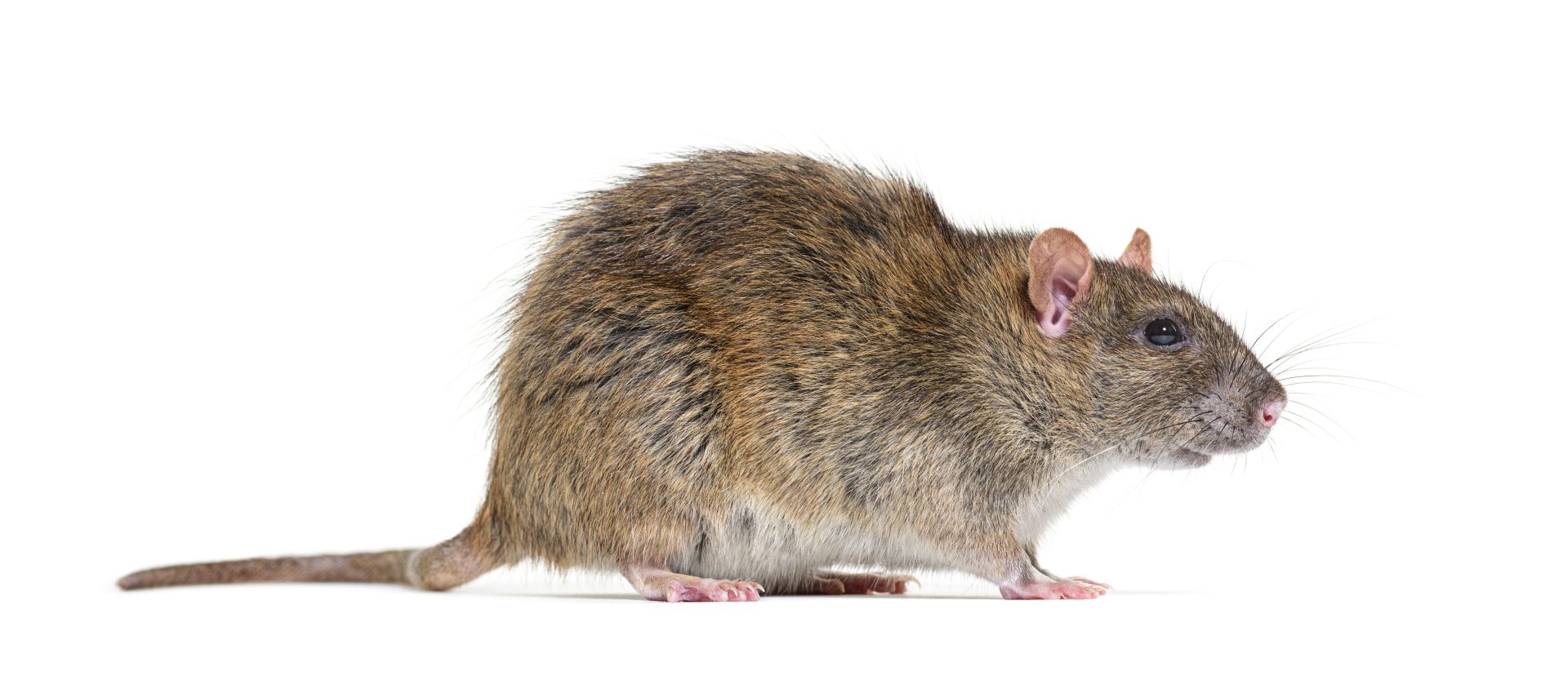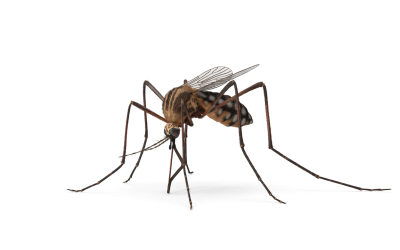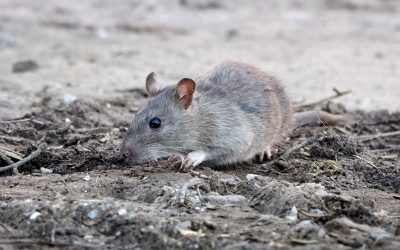Rattus norvegicus commonly referred to as Norway rat, common street rat, sewer rat, and Norwegian rat (among other names) is a common rodent found around the world which is believed to have originated from northern China and not Norway as the name might have suggested. Norwegian rats are known for their sharp teeth, blunt noses, and brown fur.
How long can a rat live?
The lifespan of a Norway rat is affected by its environment. A domesticated pet rat can live for up to four years since its environment is favorable. However, like an average mouse, a rat living outdoors has a much shorter life expectancy of about a year.
Wild rats are prone to suffer predator attacks. Furthermore, diseases, lack of food, water source, and proper care all result in a shorter lifespan. Pest control methods like baits, traps, and rat control chemicals also result in a shortened life. A stray rat in your home can live for up to a year with new litter every three weeks so far it has a constant supply of food, which is precisely why you would need to employ rodent control measures to prevent a rat infestation and diseases.
Are rats nocturnal?
Yes, rats are naturally nocturnal! They spend the day sleeping and wake up at night when lesser predators are lurking in the wild and when the darkness can provide them with some cover. Nevertheless, a rat can also get very active during the day. If there is a pile of clutter to conceal its movement or there is an appealing food source, a rat would muster the courage to move out of its crawl space during the day.
What is the gestation period for a rat?
The average gestation period in Norway rats is between 21 to 23 days. Females reach sexual maturity between the ages of 8 and 12 weeks, and pregnancy can be noticed at about 2 weeks of conception. A single litter contains about 8 to 18 pups. Female Norwegian rats can breed all through the year and are capable of producing 12 liters in a year. This can result in a quick rise in rodent population and is one reason you need a pest control company to tackle Norway rats in your home or commercial spaces.
Roof rat vs Norway rat: What’s the difference?
- An adult Norwegian rat typically weighs as much as 16 ounces and can grow to a length of 10 inches excluding their tails. This makes them larger and heavier than roof rats that grow to a length of 8 inches, also excluding their tails, and weigh up to 9 ounces.
- Norway rats are usually brown. Their fur may also appear brownish-gray, and they are coarser in texture when compared to roof rats.
- Roof rats are either black or dark brown and their fur is smooth.
- Roof rats tend to live in high elevations like attics and roofs while Norway rats prefer lower levels like basements and sewers.
How long can a rat live without water?
Rats can extract water from food more efficiently than humans. They can live up to a month with constant access to food but no water. However, it cannot last long if it readily has access to water but no food. Norway rats can only survive without food and water for a couple of days. They are likely to die in about four days if they have become dehydrated.
How common are Norway rats in Florida?
- Norway rats are one of the most common rodents in the state of Florida. They are known for their resilient nature, they can adapt to different environments and have become a common pest problem for property owners.
- Norway rats build their nests in hidden and dark corners.
- Shredded papers, cloth, and other materials are telltale signs of a Norwegian rat nest.
- They can eat anything they find including pet food.
- However, they prefer fresh meat, cereals, and fish making your home desirable for these pests.
Are Norway rats dangerous?
Norwegian rats are generally not aggressive to humans. Their first response would be to run rather than attack. However, these species just like any other pests should be considered dangerous as they carry diseases and parasites and readily transmit them to humans. Contact with rat droppings like saliva, urine, or excreta can result in serious diseases like hantavirus, Leptospirosis, and salmonellosis. Norway rats can also introduce fleas, mites, and ticks into your home which could put you, your kids, and your pets at risk.
Exterminating a Norwegian rat from your property can be difficult. You need the help of a professional rodent control team to safely remove these pest control specialists at Shoreline Environmental Pest Solutions can help you. We utilize safe products and adopt agile steps to enforce rodent control in West Palm Beach. Contact us today for a no-cost inspection of your property and a free quote!





0 Comments